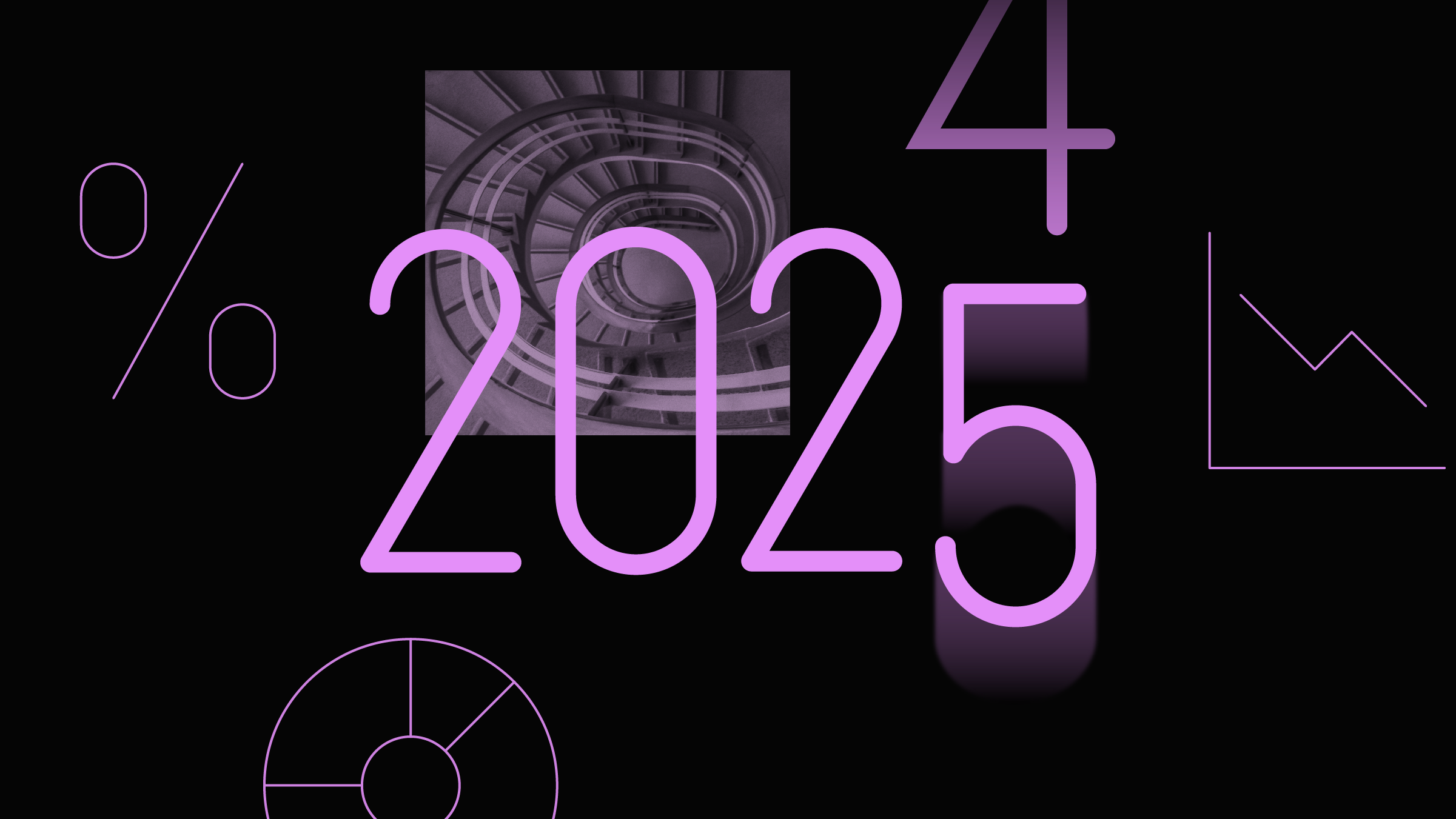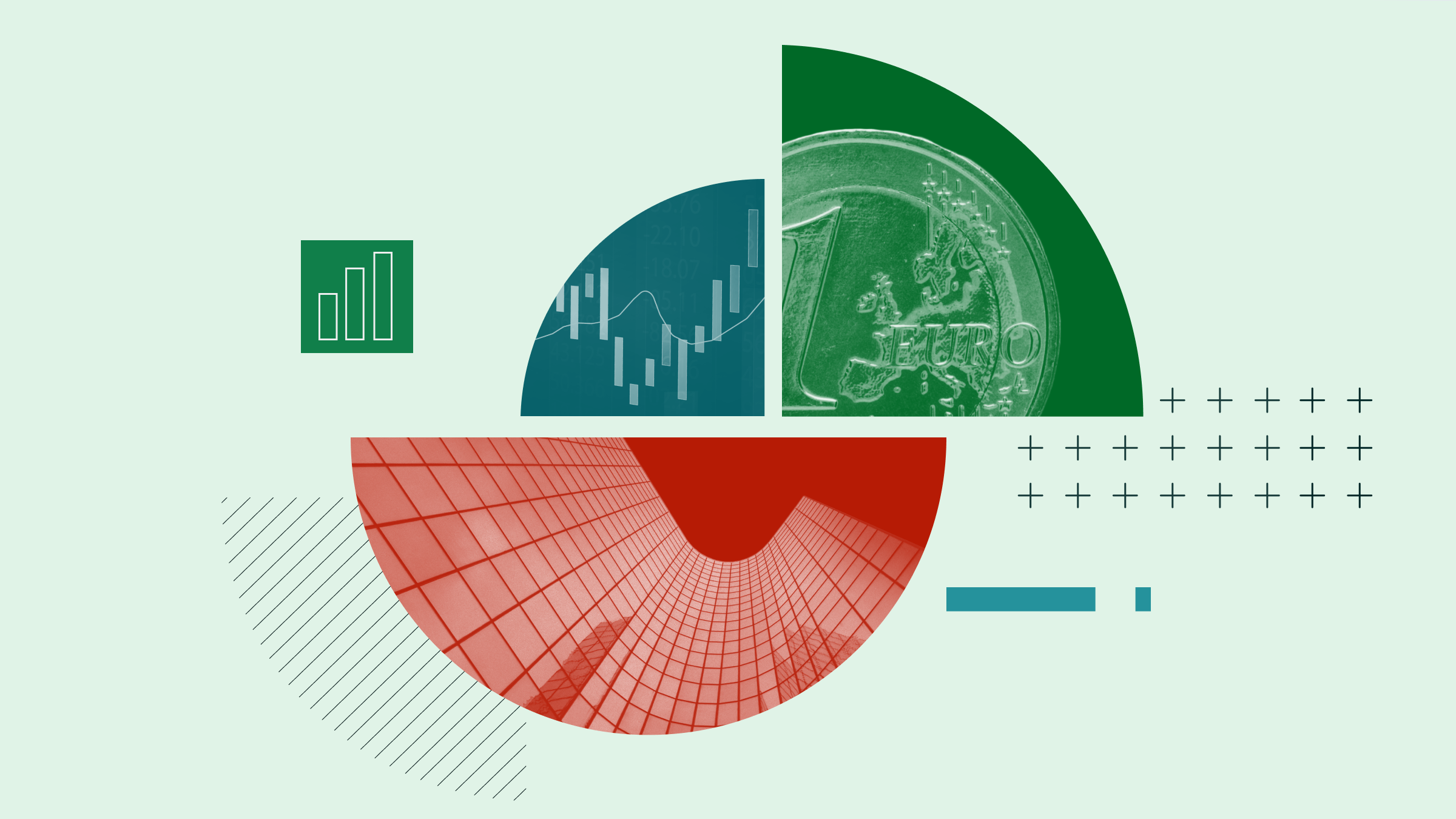Johanna Englundh: Welcome to Morningstar. The interest for passive investment strategies has increased over the last few years, and ETFs are one tool investors can turn to, and European investors definitely did in 2022. With me today is Jose Garcia Zarate. He is Associate Director for Passive Strategies Research here at Morningstar, and he is going to give us some insight into the European ETF market.
Jose, you have noted that the European ETF market proved remarkably resilient in 2022, with inflows of €78 billion. Why do you think investors are turning to ETFs despite this very challenging market climate that we had last year?
Jose Garcia Zarate: Hi, Johanna. Thank you for having me. Yeah, you're totally correct. I mean, it was very challenging market conditions. It was an unusual year actually where both equity and bond markets went down. That created very difficult conditions for active managers to deploy their skills because the negative correlation between equity and bonds basically didn't work last year. So, I guess, that if from an investor point of view, faced with such an extreme and difficult situation, many of these investors might have said, well, let's at least control what we can effectively control, and that's management fees. So, the lower actually you pay out in fees, the more that you minimize the downside that everybody was experiencing. So, I think, actually, that the low-cost nature of passive funds was a key saving grace in this scenario, and that's why they mostly went for these options.
Englundh: Okay. So, the challenging climate for active managers to navigate through could have pushed investors then to these more low-cost alternatives. But the interest isn't just increasing for ETFs, it's also increasing for ESG-related products here in Europe. Did you spot any interesting trends here?
Zarate: Well, very interesting trends indeed, because 2022, again, was a very difficult year for ESG investments overall. The only the only place where you were making money is actually if you were heavily overweighted in fossil fuels or things that your standard ESG fund wouldn't have, such as, I don't know, nuclear weapons or war material. So, ESG as a whole underperformed mainstream and yet, over practically two-thirds of all the net flows that went into the European ETF market last year went into ESG products. And to me, that actually speaks of like a long-term trend of structural change in the allocation of capital by European investors whereby they were able to see through the short-term underperformance that ESG experienced in 2022 and made a conscious long-term strategic allocation to ESG because they think that this is going to be the way forward for the long term and the way that the investment landscape is evolving, certainly in Europe, and that's basically backed up by the regulatory changes but also by the nature of the investor base in Europe, which is very conscious about or is increasingly more conscious versus other geographical areas about these issues.
Englundh: And on a last note then, do you think ETFs will continue this strong trend during 2023, too?
Zarate: Well, I've spoken to several of the key players in the ETF industry already, and the prevailing mood is one of confidence. Of course, they are very happy with how they were able to navigate the very tough market conditions last year, and that puts them in a very good place to actually face new challenges that might come their way. The key messages of low-cost, as I said, probably will continue to resonate with investors. The growth of the passive fund industry has been gathering pace for a number of years already, much more accelerated in the United States than in Europe, but in Europe as well. And as I said, the mood is one of overall satisfaction and confidence in the years ahead.
Englundh: Thank you so much, Jose, for this interesting insight into the European ETF market. Until next time, I'm Johanna Englundh for Morningstar.









:quality(80)/cloudfront-us-east-1.images.arcpublishing.com/morningstar/Q7DQFQYMEZD7HIR6KC5R42XEDI.png)











